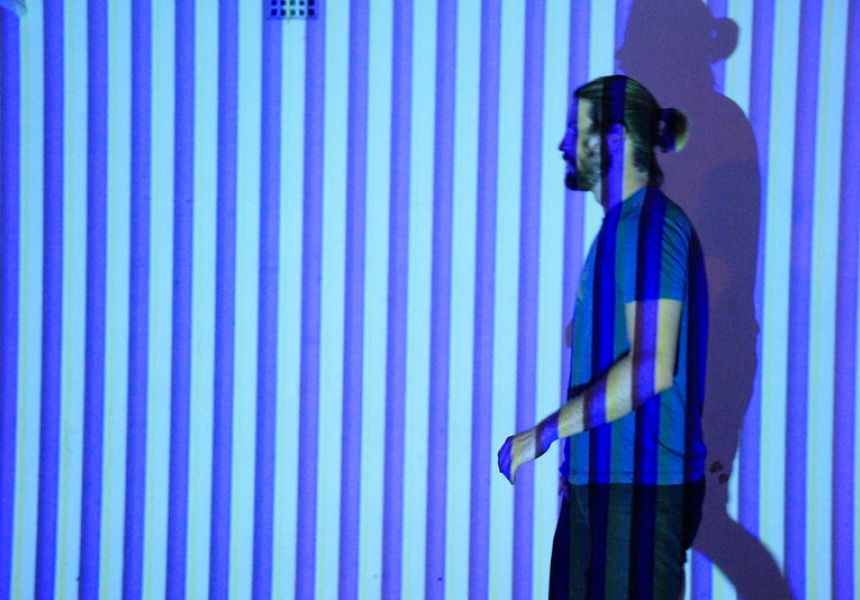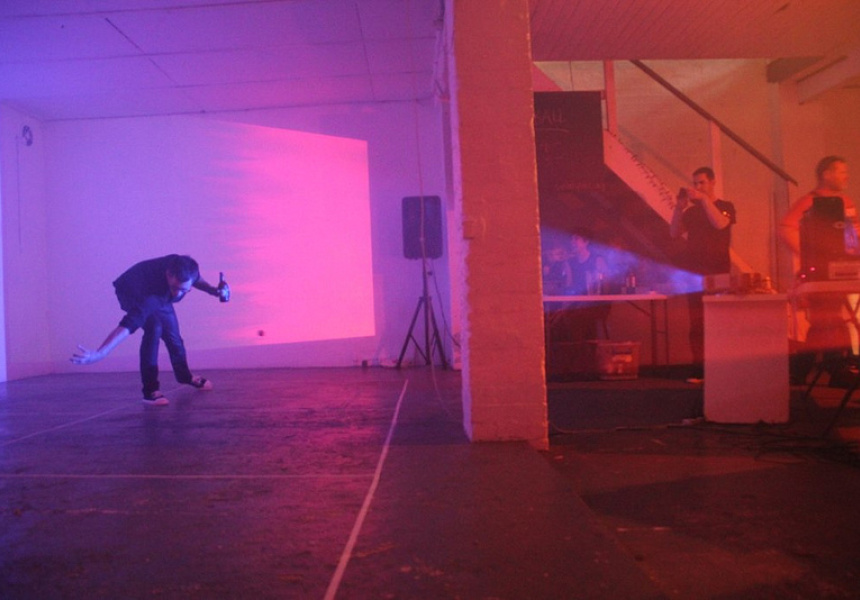Chippendale lays claim to a kind of grittiness that seems strangely at odds with the postcard-perfect vistas that surround it. If you walk through the pocket-sized suburb, you can’t help but catch onto a quiet electricity, a sense that the spaces you pass might house the stirrings of a creative revolution.
It comes as little surprise that Chippendale is the long-time home of Serial Space, an ambitious collective interested in crossing artistic boundaries and dismantling the barriers that exist between disciplines, mediums and forms.
The space was founded by electronic artists Tameka Carter and Louise Diben in 2008 and has since served as an important platform for experimental and non-traditional art projects – the type of shows that are a world away from the blockbuster exhibitions that often characterise the Sydney art circuit.
Stay in the know with our free newsletter. The latest restaurants, must-see exhibitions, style trends, travel spots and more – curated by those who know.
SIGN UPFor Pia van Gelder, one of the space’s five current co-directors – along with Alex White, Zanny Begg, Frances Barrett and Thomas Smith – Serial Space has come to represent more than just an arts platform. “I don’t think any of us could have anticipated the kind of bond that we developed through our time working together,” she says.
The sprawling Wellington Street warehouse might work as a canvas for Serial Spaces’ creative endeavours, but it has also doubled as the collective’s living space. For van Gelder, this has helped intensify their connection and spark new levels of collaborative magic, a dynamic that has been central to Serial Space’s success.
Currently, Serial Space comprises musician Tom Smith, writer Jennifer Hamilton and video and performance artists Kate Blackmore and Frances Barrett along with van Gelder, who makes electronic and experimental art.
“Although our tastes are pretty diverse, we all get excited about the same sort of spirit – experimentation, provocation and daring.”
This trifecta of sensibilities has played a starring role in the collective’s programming to date and figured heavily in Time Machine, a 10-day festival that played with ideas of temporality via projections, installations and video art. Held in July this year, the festival showcased work by over 50 Australian and international artists and featured events such as Video Hits, where video and sound artists re-imagine music videos by the likes of Prince and Whitney Houston, and Dorkbot, which saw electricity become a kind of leftfield artistic medium.
“We wanted to see if we could expand outside of the real estate that encloses Serial Space,” offers van Gelder. “The festival was held in four different satellite venues around Chippendale, including a building still remaining from the old Carlton Brewery. We put on a large exhibition throughout the warehouse and programmed back-to-back performances, a debate, lectures, talks, workshops, and gigs throughout the last two weeks of July. I don't think I've ever worked that hard in my life.”
After contributing to Chippendale’s evolution, it seems fitting that Serial Space move on to bigger things. “I can’t tell you our exact plans yet but I can say that they are big and exciting,” offers van Gelder.
“We’ll still be focusing on hybrid and interdisciplinary art, but we’ll be working with artists to establish a kind of reciprocal experimentation.”
But one thing’s still for certain. “We’ll be continuing with our main objective – to shake things up a little.”



